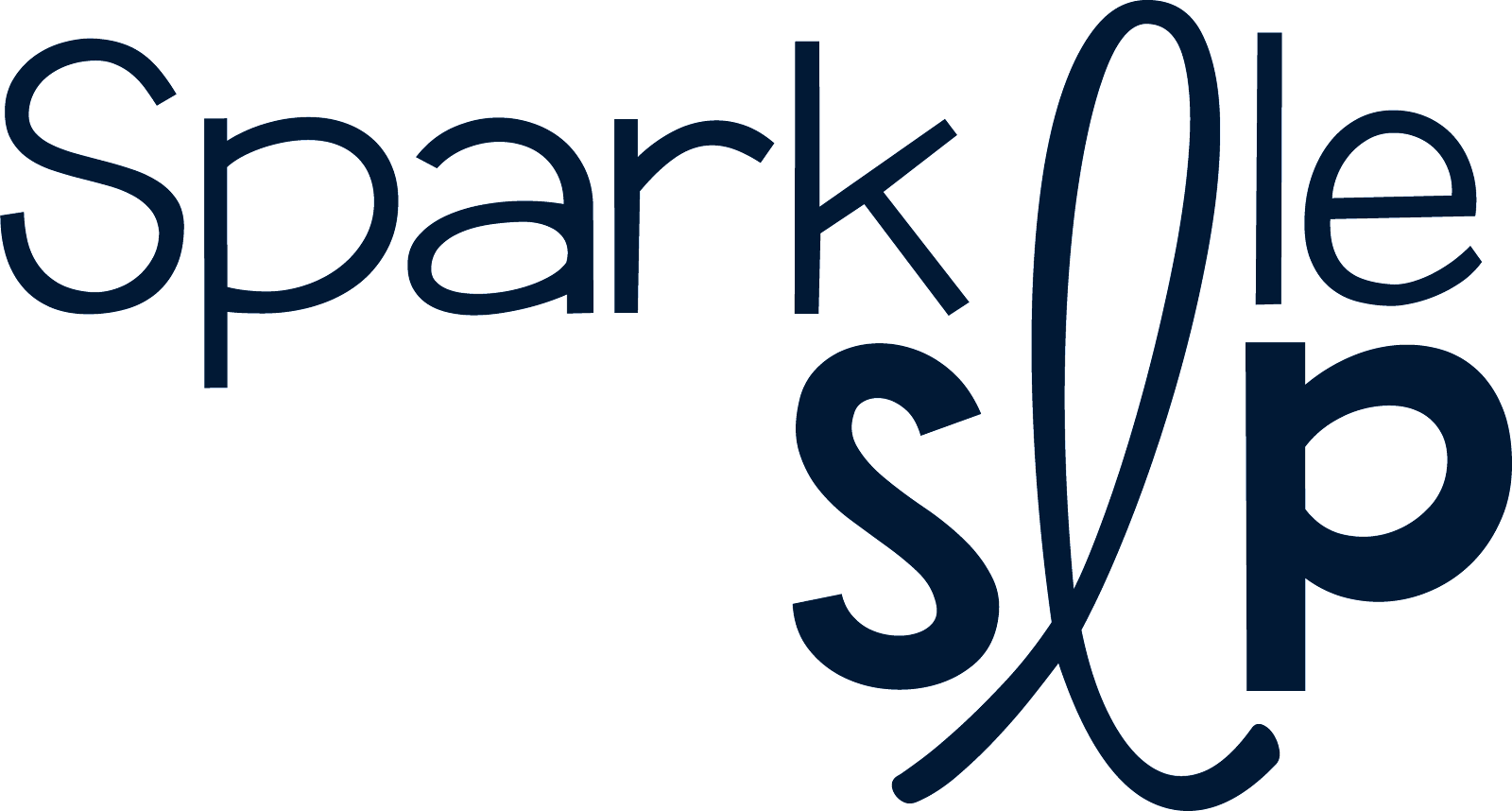• Organize Your Resources
This is by far the first step in being able to use what you have whether you are face-to-face with your students or virtual. Check out this post for organizing your hands-on materials. For organizing your digital materials (both static PDFs and interactive resources), I suggest using Google Drive. Sort your resources into folders for easy access or linking.
Here are some categorical suggestions for organizing digital therapy materials:
Digital Resources for iPad Use
Digital Resources for Google Products
Static PDFs for On-Screen Sharing or Printing
You can also sort by theme, month, target area, etc.
I also suggest taking the time to make lesson plans with links to your resources from your drive. I made a simple Google Sheet with theme headings across the top and target skill area down the side. I was able to create my 4-week summer lesson plans quickly with this plan. You can continue to add to this all year long, especially if you use themes. You may also want a column for "evergreen" use any time resources with quick links.
• Start Using Boom Cards
I admit I am ALWAYS slow to jump on trends. Don't be like me! Start using Boom Cards today. No printing, cutting, or laminating involved. You must have a Boom Learning account to join, but may be eligible for a free trail. Fast Play is always a free way for students to engage with Boom Card decks. This is my preferred way, at this time. I'm still learning to use features like assigning decks without Fast Play and taking advantage of the data tracking. I have created several Boom Cards decks that mimic my printable materials so I can still use them in my sessions in a more interactive way. You can create your own, too!
• Adapt Static PDFs for On-Screen Interaction
YES, YOU CAN use a static PDF for teletherapy! You know, the printables you purchased via digital download that you never planned to use on a screen. I have some ways to make these interactive, but you can also just show a page during a screen share (by screen share I mean through your teletherapy platform options).
Have you tried the digital tool on Teachers Pay Teachers? It allows you (or the seller of the product) to create a fillable form from an already purchased PDF by clicking the "create digital activity" button. These can only currently be used in Google Classroom. Also, not all sellers have enabled this feature and not all products will work in this capacity, but some will. My 12-week articulation home programs would allow you to add the student name and week assigned, boxes for checking off work, and a mark-up for listener rating. I've also added some fillable boxes to my Book Bin Buddy free resource.
Badger State Speechy has some great videos on her YouTube channel to help when adapting resources for teletherapy. You can save individual pages of a PDF for sending to students as home practice, sharing on-screen, marking up, or for adding a digital component. You can learn more about opening a page in the free Kami app.
Also, when sharing a static PDF, you can use free Adobe Acrobat Reader mark-up tools to make the page interactive with highlighting tools, pens, and comment boxes. Check out this tutorial or even this one.
Click on this video for how to make a PDF editable in Google Slides. You can do it!
• Try a Document Camera
A quick search can turn up ways to turn your iPhone or iPad into a document camera. I bought a holder (affiliate link) to attach it to my desk. You can also purchase a document camera or use an Osmo and Ipad. My friend, Desiree with SLP Talk, has a tutorial. Using a document camera will allow you to use your physical manipulatives (ex: story dice, mini objects, game or task cards) or visually show an action or printable activity during your teletherapy sessions.
Do you feel more comfortable using the materials you already have with a few adaptations? You will be prepared for both in-person and virtual options.



.png)











